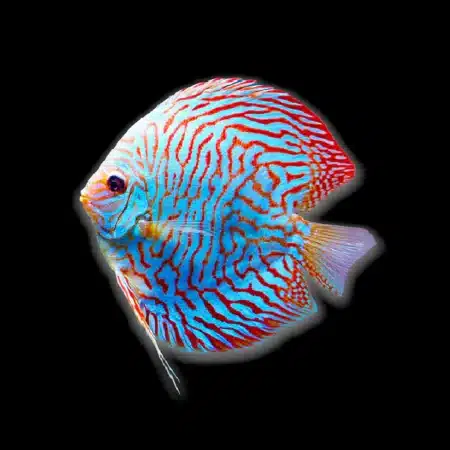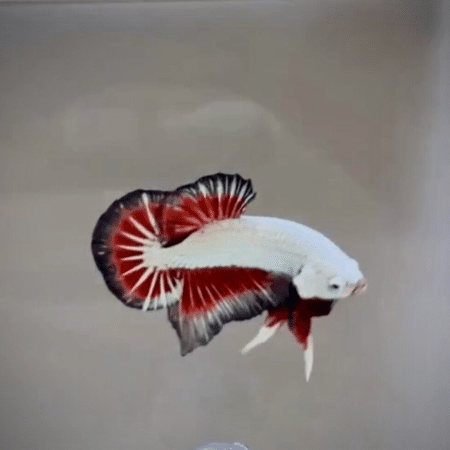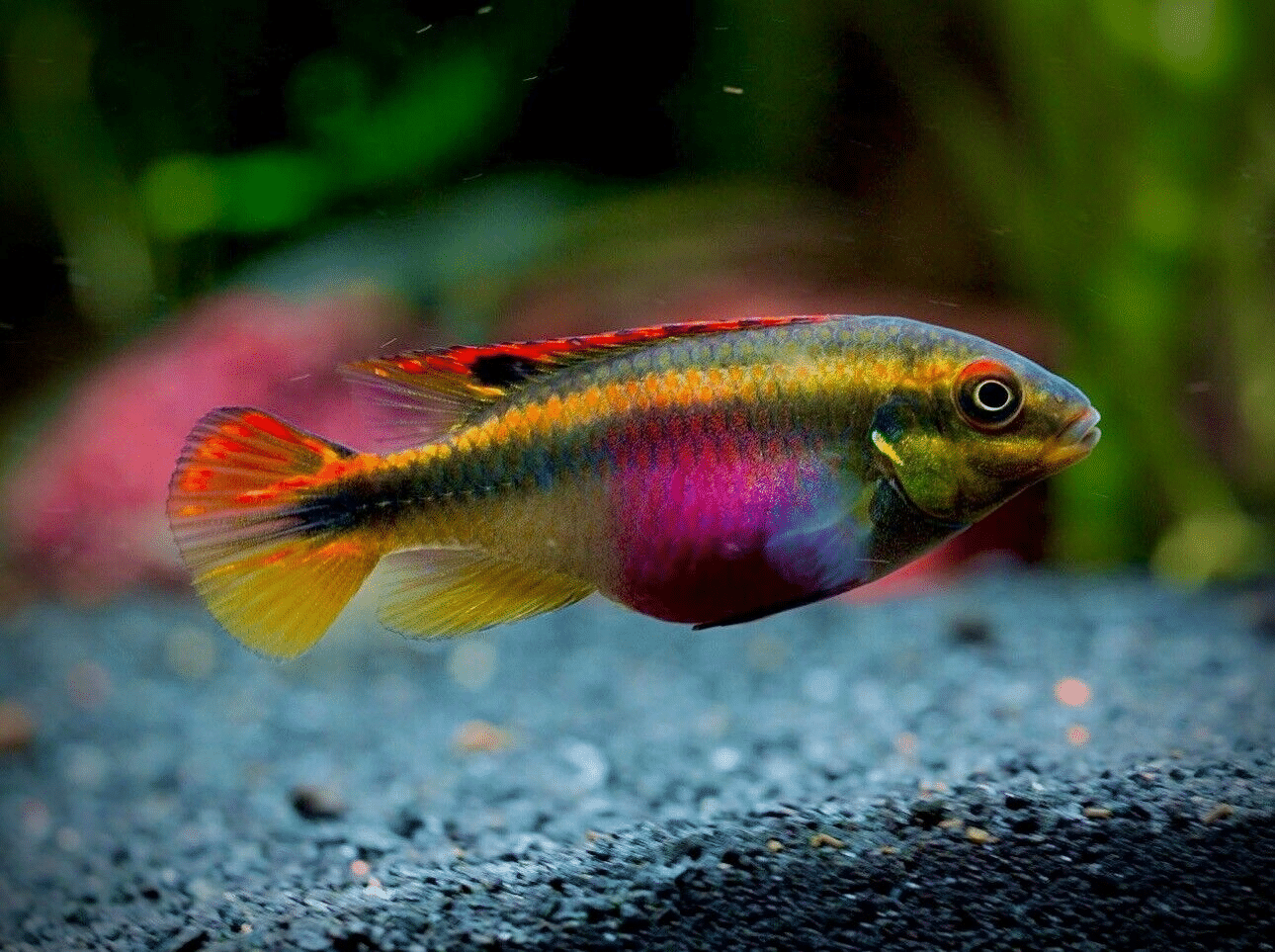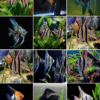-
×
Turquoise Checkerboard Discus – Symphysodon aequifasciatus “Turquoise Checkerboard” size 5 to, Stunning Tropical Fish, Ideal Companions for Beginner Aquarists Seeking Colorful Additions 1 × £55.00
-
×
-
×
-
×
-
×
-
×
Subtotal: £152.12

 Turquoise Checkerboard Discus – Symphysodon aequifasciatus “Turquoise Checkerboard” size 5 to, Stunning Tropical Fish, Ideal Companions for Beginner Aquarists Seeking Colorful Additions
Turquoise Checkerboard Discus – Symphysodon aequifasciatus “Turquoise Checkerboard” size 5 to, Stunning Tropical Fish, Ideal Companions for Beginner Aquarists Seeking Colorful Additions 















Emily Carter (verified owner) –
I recently added the Kribensis Dwarf Rainbow (Pelvicachromis pulcher) to my 30-gallon freshwater tank, and I couldn’t be happier! After about two weeks, these little guys have settled in beautifully and brought a burst of color to my aquarium. Their vibrant patterns and playful nature are simply mesmerizing.
I appreciate that they are relatively easy to care for, making them perfect for both beginners and seasoned hobbyists. They thrive in a well-planted tank, and I’ve noticed they particularly enjoy hiding among the lush foliage.
Compared to other tropical fish I’ve kept, these kribs have a distinct personality, often engaging in lively antics that make my aquarium come alive. I did have a small concern about compatibility, as they can be a bit territorial during breeding, but providing ample space and hiding spots seems to do the trick.
Overall, I highly recommend the Kribensis Dwarf Rainbow for anyone looking to add some charm and character to their aquatic setup. They’re a joy to watch and have brought a new level of excitement to my fish-keeping experience! Just be sure to give them a secure environment, and you’ll love them just as much as I do.
Emily Carter (verified owner) –
I’ve been keeping freshwater fish for over five years, and I recently added a few KRIBENSIS Dwarf Rainbow Kribs to my community tank. Let me tell you, they are simply stunning! Their vibrant colors and intricate patterns are mesmerizing, and I genuinely enjoy watching them interact with each other and the other fish. I’ve had them for about three weeks now, and I’m incredibly happy with how they’ve adjusted to their new home. They swim around with such grace and seem to thrive in the peaceful environment I’ve created for them.
Compared to other tropical fish I’ve had in the past, these little guys are much more sociable and less aggressive, making them perfect for a community setup. I have a mix of tetras and guppies, and the Kribs fit right in without any issues. One tip I would share is to provide plenty of hiding spots and plants, as they love to explore and feel secure.
If you’re looking for beautiful freshwater fish that bring life to your aquarium, I highly recommend the KRIBENSIS Dwarf Rainbow Kribs. They are perfect for both beginner and experienced aquarists alike. Just make sure to monitor their tank conditions closely during the first few weeks to ensure they’re happy and healthy!